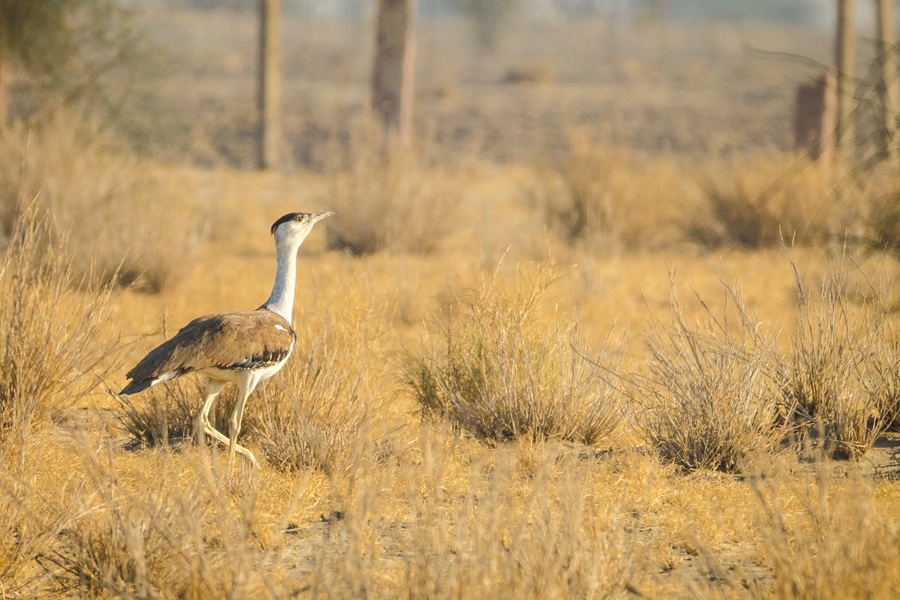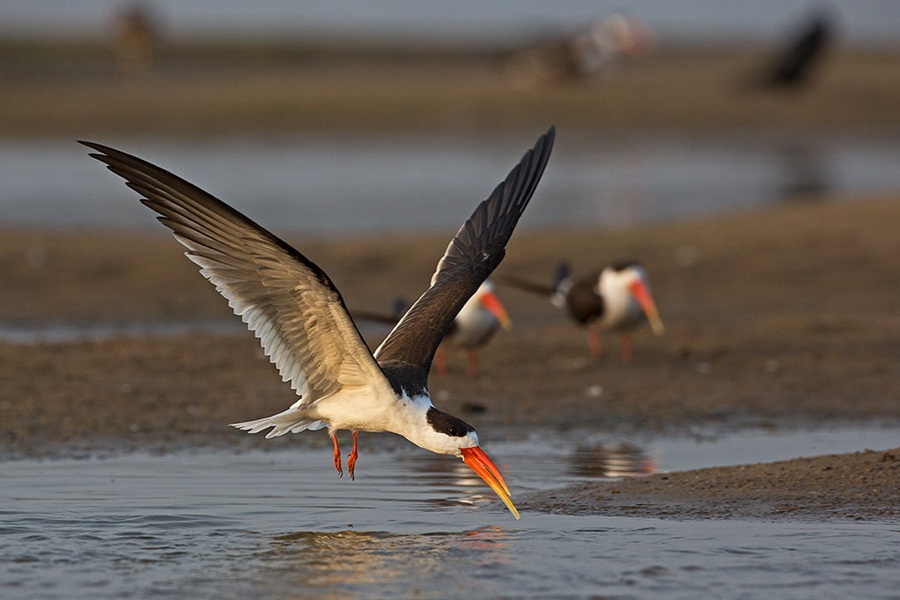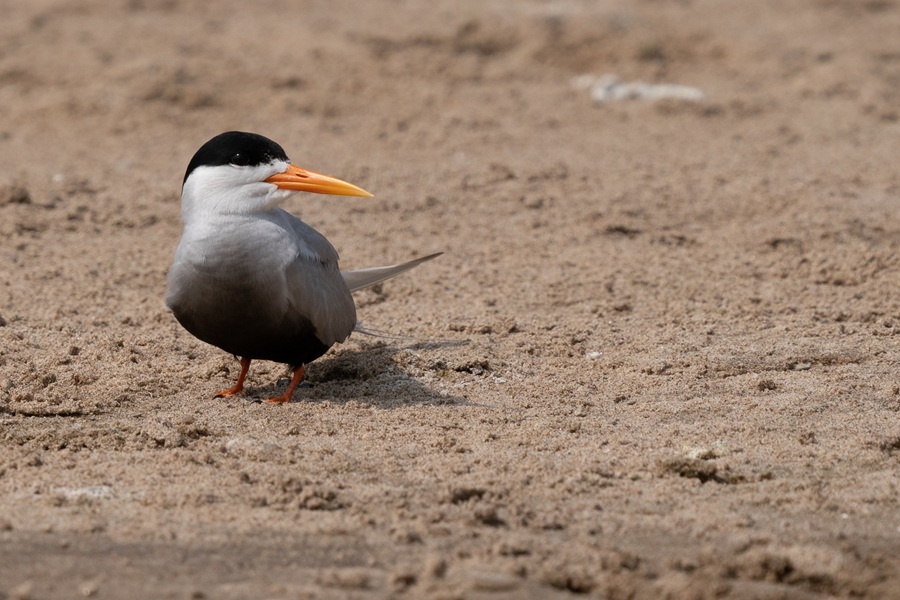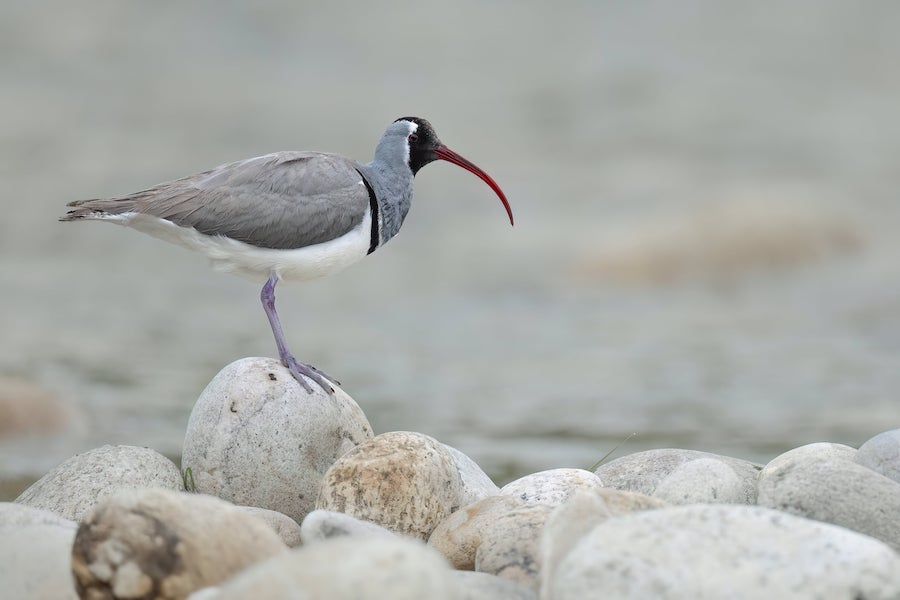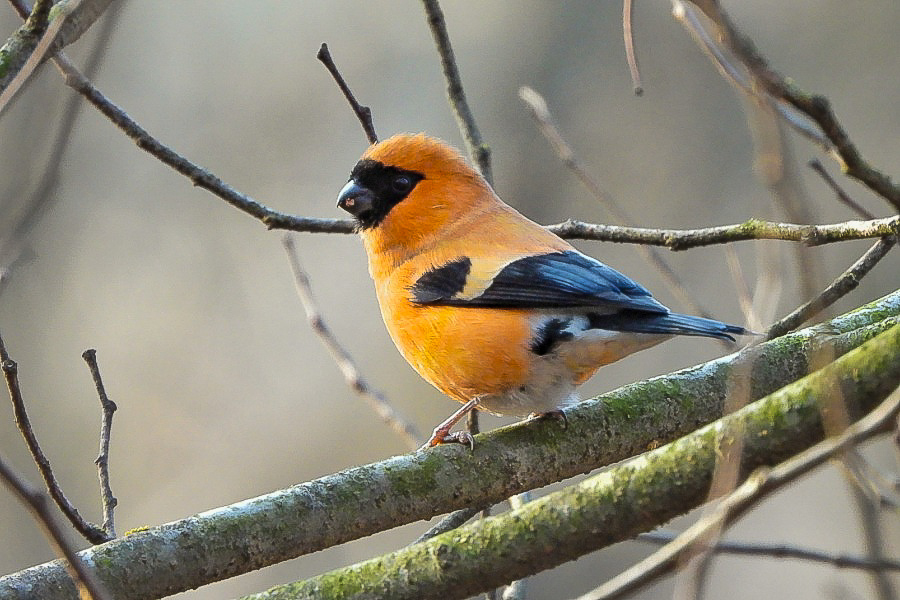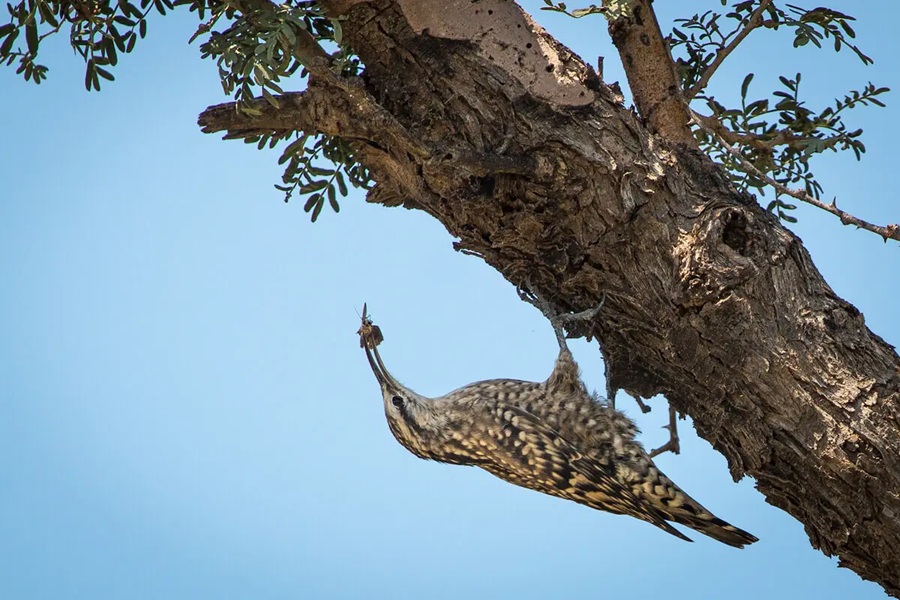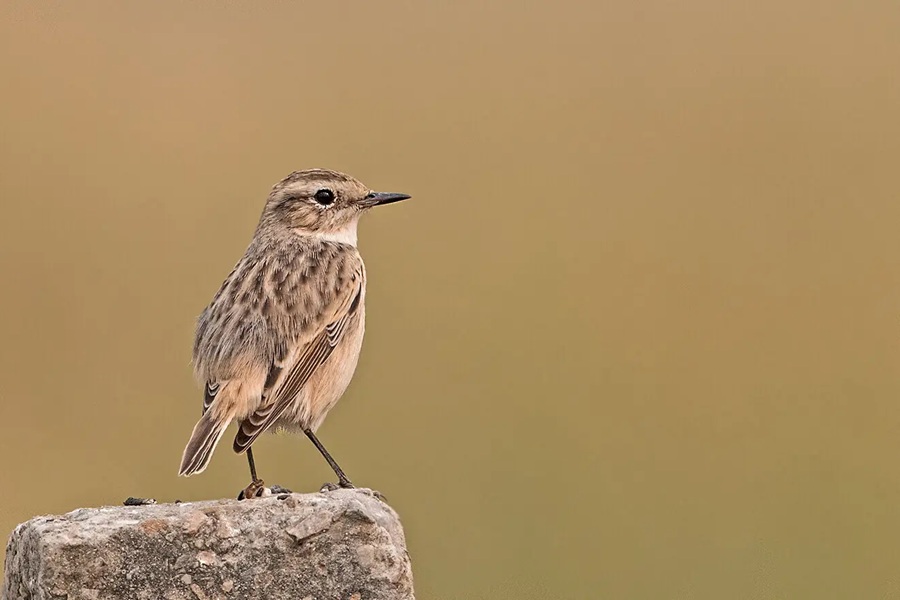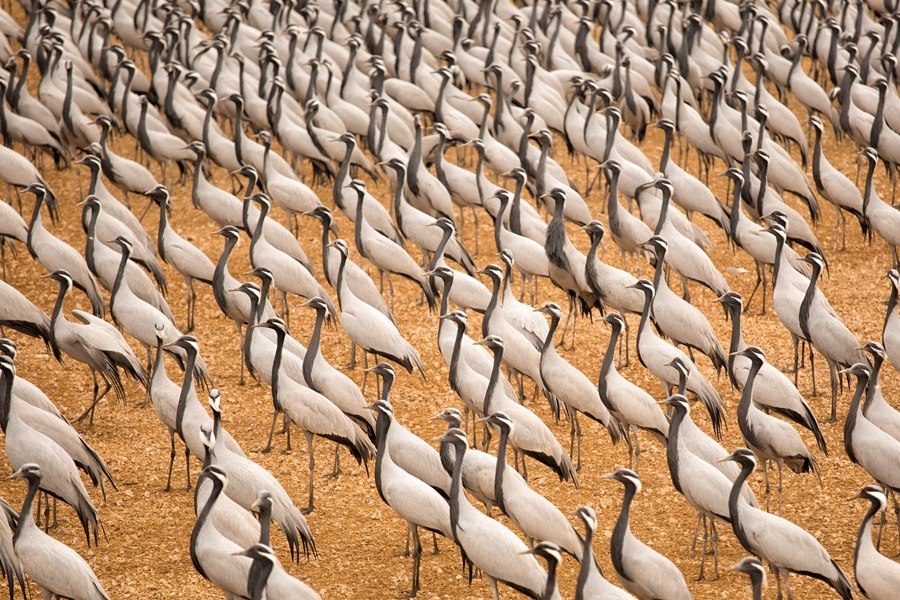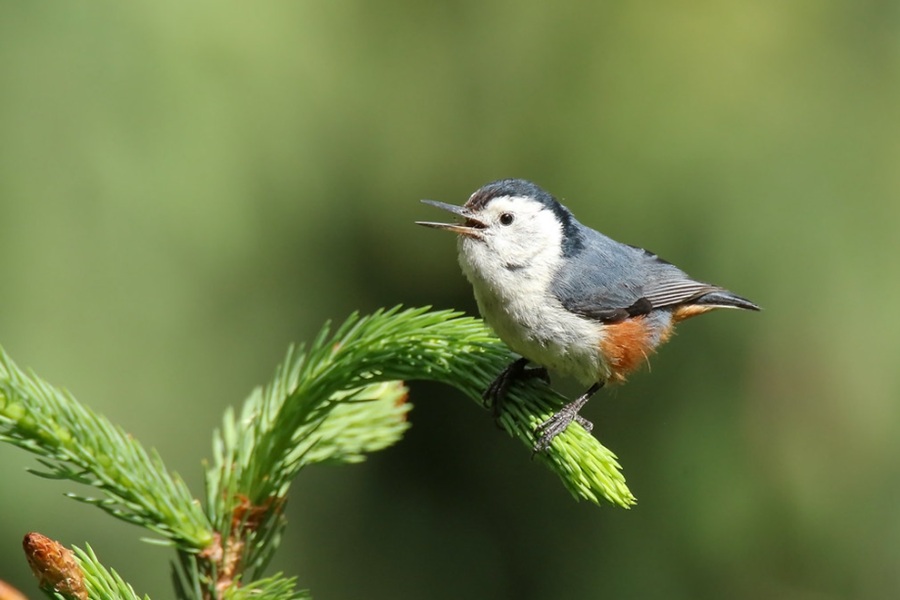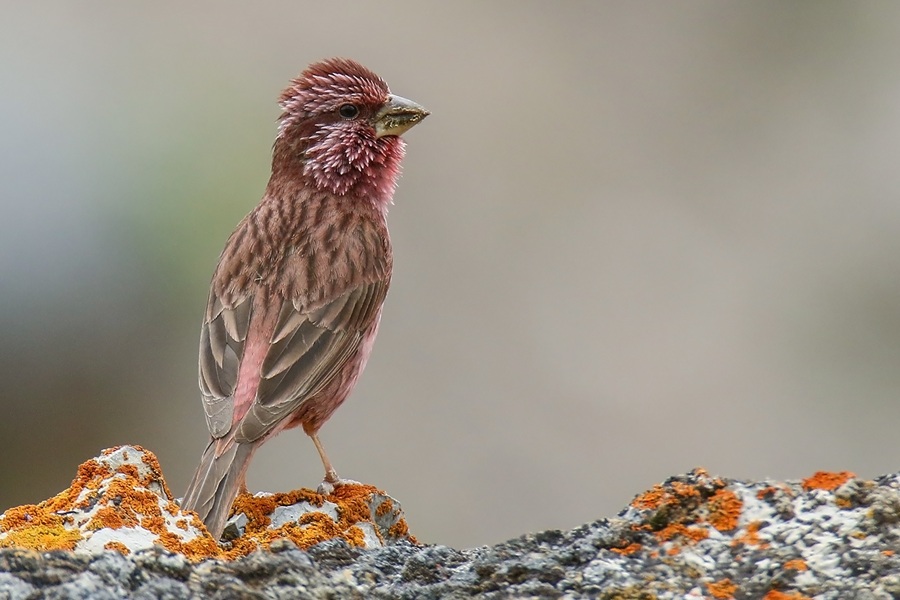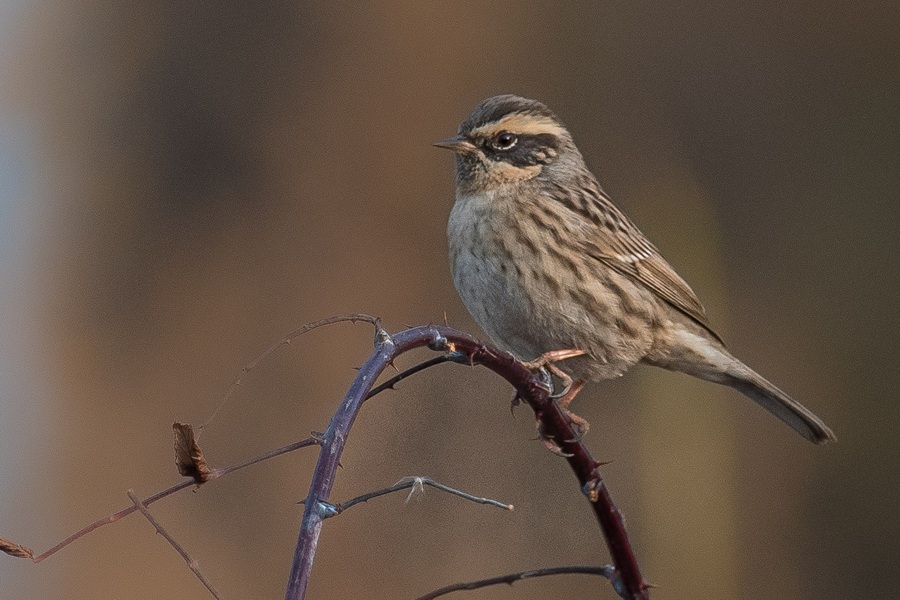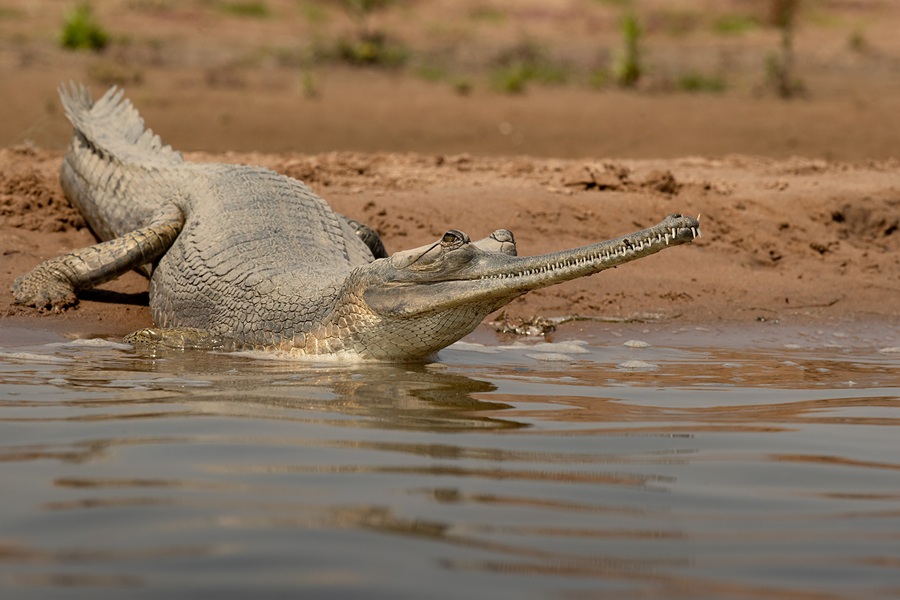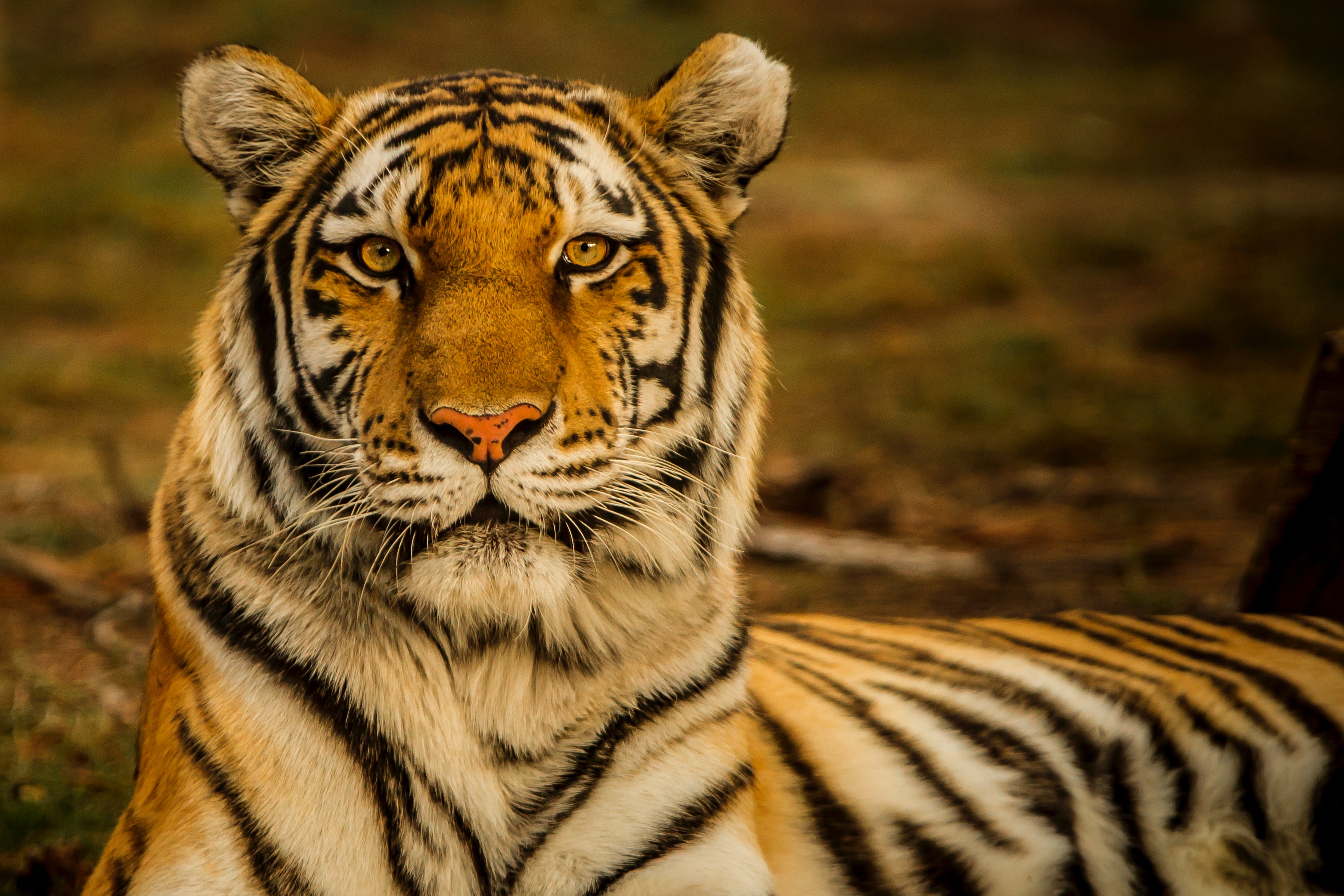India: North-West Highlights
Search for Ibisbill and Orange Bullfinch in Kashmir before visiting the far west of Rajasthan where some of the last remaining Great Indian Bustards roam the Thar Desert, along with Red-headed Vulture and White-rumped Vulture. Then after stopping for Demoiselle Crane, Yellow-eyed Pigeon, Indian Spotted Creeper, and White-naped Tit, continue to Chambal River for the Endangered duo of Black-bellied Tern and Indian Skimmer. Warm up in the mornings with delicious chai tea, and wind down in the evenings with some of India's finest food!
Next Dates
7 February - 18 February 2028 (12 days)
Leaders:
Donna Belder
Group Size Limit:
7
Single Room Supplement: $
300 USD
Deposit: $
750 USD
Price: $
4400 USD
18 February - 22 February 2026 (5 days)
Leaders:
Donna Belder
Group Size Limit:
7
Single Room Supplement: $
TBD
Deposit: $
750 USD
Price: $
TBD
Bengal Tiger Extension
Accommodation:
All comfortable hotels, with exceptional lodges at Chambal and at Ranthambore.
Walking difficulty:
All very easy and flat, though it will be cold in Kashmir with some walking on snow likely.
Tour cost includes:
All accommodation, main meals, drinking water, internal flights (as stated in itinerary), overland transport, tips to local drivers and guides, travel permits, entrance fees, and guide fees.
Tour cost excludes:
Flights before and after the tour start/end, visa, travel insurance, tips to tour leaders, laundry, drinks, and other items of a personal nature.


Day 1: After meeting at New Delhi International Airport (DEL), we will all take a morning flight to Kashmir. Landing in Srinigar, we will already have plenty of time for some initial exploration today. night in Srinigar.
Day 2-3-4: The main attraction of this area in winter is the reliable flocks of stunning Orange Bullfinch, which can be found most years either in the Botanic Gardens, or on nearby snow-clad mountain slopes. There are also several rocky riverbeds which hold good numbers of the monotypic Ibisbill, this being one of the best places to get up close and personal with this evocative Himalayan species. Often there are Wallcreeper to be found here too, in exactly the same places! We will also dedicate time to the surrounding pine forests, which hold specialties like Kashmir Nutracker, Kashmir Nuthatch, White-cheeked Nuthatch, Rufous-naped Tit, Black-and-yellow Grosbeak, Black-throated Accentor, and hopefully Blyth's Rosefinch. A few other birds we might see which are easiest in the western Himalaya include Brown-fronted Woodpecker, Variegated Laughingthrush, Black-throated Thrush, Blue-capped Redstart, and Pink-browed Rosefinch. Nights in Srinigar.
Day 5: Today we fly back to New Delhi and onwards to Jaisalmer. We may have some time for inital exploration of a rocky area near town this afternoon in search of Red-tailed Wheatear, Rufous-fronted Prinia, Desert Lark, and Striolated Bunting. Night in Jaisalmer.
Day 6-7: The expansive Desert National Park encompassing a large area of the Thar Desert is one of the only places where the Great Indian Bustard still roams. This Critically Endangered bird is still reliable but sadly continues to decline, with less than 100 remaining. There is also a good chance for two Critically Endangered raptors: Red-headed Vulture and White-rumped Vulture as well as Laggar Falcon. Lots of other great species can be found here too, including the scarce endemic White-browed Bush Chat, Cream-coloured Courser, Asian Desert Warbler, "Desert" Lesser Whitethroat, and "Punjab" Northern Raven. More widespread species include Indian Peafowl, Grey Francolin, Chestnut-bellied Sandgrouse, Egyptian Vulture, White-eared Bulbul, Common Babbler, Indian Robin, Variable Wheatear, Desert Wheatear, Delicate Prinia, Bimaculated Lark, plus perhaps both Ashy-crowned Sparrow-Lark and Black-crowned Sparrow-Lark. Nights at Jaisalmer.
Day 8: We depart early to reach Keechan just after sunrise, where thousands of Demoiselle Crane come each morning to be fed grain by the villagers, a noisy spectacle indeed! If any Sociable Lapwing or Indian Courser have been seen in the area recently, we will aim to twitch them before heading to Bikaner. Here, a rubbish dump on the edge of town holds large numbers of wintering Yellow-eyed Dove, along with hundreds of Steppe Eagle, some Tawny Eagle, and maybe a couple of Eastern Imperial Eagle or Cinereous Vulture. After this, we will continue to Tal Chhapar for overnight.
Day 9: Full day in the wonderful reserve and adjacent areas which protect some extensive grassland and remnant thorn forest. Our main target in the latter is Indian Spotted Creeper, now placed in a new family with one closely-related African cousin. In this habitat we may also come across Eastern Orphean Warbler. More common in the nearby grasslands are Black Francolin, Pallid Harrier, Montague's Harrier, and the stunning Blackbuck (surely the world's most impressive antelope). Night at Tal Chhapar.
Day 10: We'll leave early and drive east, reaching an area near Sikar at dawn where we can search for the scarce White-naped Tit and White-bellied Minivet. Rock Bush Quail is present, but tricky at this time of year. Here we will certainly also see a few common subcontinent endemics like Indian Roller, Black-rumped Flameback, Large Grey Babbler, Brahminy Starling, Brown Rock Chat, and Indian Silverbill. Arriving this evening at Chambal Safari Lodge, we'll settle in for an enjoyable stay at this truly fabulous accommodation.
Day 11: Today is all about enjoying some relaxing boat cruises (one in the morning, one in the evening) on the superb Chambal River, right behind our luxurious lodgings. The star attractions are of course two highly Endangered species, the Indian Skimmer and Black-bellied Tern. Other birds are likely to include Bar-headed Goose, Sarus Crane, Great Thick-knee, Indian Thick-knee, River Lapwing, Small Pratincole, River Tern, Red-naped Ibis, Indian Grey Hornbill, Sand Lark, Bank Myna, Indian Robin, and Tawny Pipit. We should also see good numbers of the strange Gharial and threatened Ganges River Dolphin. Overnight at Chambal Safari Lodge.
Day 12: We can use the morning for a backup cruise if needed, or otherwise do some birding on the plains before driving back to New Delhi. The tour ends with dropoffs back at New Delhi International Airport (DEL) this evening.
NOTE: Chambal is right next to Agra, home of the Taj Mahal. Around lunchtime on Day 12, we can drop anyone off who wishes to spend a day or two in this famous city. It is easy to arrange transport back to Delhi from here, which we can help with on request.
BENGAL TIGER EXTENSION
Day 1-2-3-4-5: Ranthambore National Park needs little introduction. This wonderful area is very well-run, with each sector of the reserve only allowing small numbers of vehicles in for designated time slots. Having several Bengal Tiger sightings during a three-night visit is pretty much guaranteed these days (on our last short visit in February 2025 we had ten tiger sightings), along with excellent chances of encountering the strange Sloth Bear. Some good birds to be seen include Painted Spurfowl, Painted Sandgrouse, Indian Vulture, Brown Fish Owl, Dusky Eagle Owl, Black-rumped Flameback, Alexandrine Parakeet, Plum-headed Parakeet, White-bellied Drongo, and Yellow-eyed Babbler. Cost will depend on numbers, but bookings must be made >6 months in advance so that we can secure access permits. Day 1 and Day 5 will be used for travel to and from the park, giving participants three full days for safaris.
NOTE: We can arrange this extension either before or after the tour, just let us know what is preferable! If only a couple of participants are interested and we cannot send the Ornis leader, we can also organise it directly with a trusted local guide.

